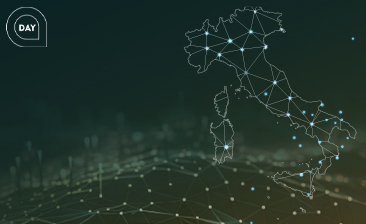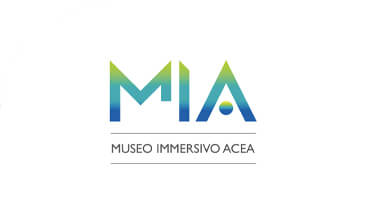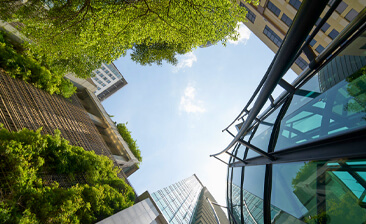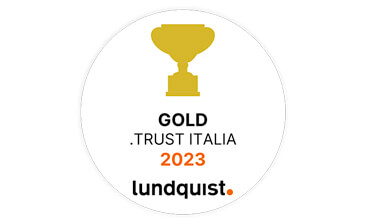
Acea for World Energy Saving Day
A future with a resilient and sustainable water network goes through the digitalisation of the water sector. By integrating digital technologies with operating methods applied to supply networks and plants, it is possible to improve the knowledge of the infrastructure, thus improving its management and creating operational efficiency. “Water digitalisation” provides a detailed perspective of the condition of pipes, structures, and utilities, but also an overview of the whole water system.
The digitalisation of the water sector starts with managing a large amount of data collected by sensors installed on the network - which transmit information such as flow rate or water pressure - and through smart water meters.
The processing - through mathematical models - of the data collected allows to better understand how complex and articulated water supply networks work, and to make the management of the water resource increasingly efficient.
With IoT sensors and meters installed throughout the territory and on water pipes, the maintenance programmed on signals coming directly form the network becomes preventive and predictive.
“The digitalisation of the water network provides us a real-time status of the infrastructure, thus letting us know when to intervene in an efficient and targeted way” - says Anna Varriale, Head of Water Resource Protection of Acea Ato 2 - “Due to the automated reading of those signals, we are also able to predict and intervene in case of complications.”
The digitalisation of the water infrastructure is mainly carried out using two techniques: districting and mathematical modelling of networks.
The districting of the water network consists in identifying and delimiting the “measurement districts”, i.e., network sections with their related water flow and pressure measurements. Once the field of action has been delimited, the districting allows to measure all the connection points among the various systems in the district, and consequently monitor the whole network.
Mathematical modelling is performed with special software, able to consider the spatial and temporal variability of the system’s characteristics, thus simulating the behaviour of a pipe. This activity is fundamental to study new network layouts and to analyse any potential infrastructure response to possible interventions for modification and optimisation.
The IoT acronym stands for “Internet of Things”. It is a neologism used to refer to technological solutions which connect to the Internet every object around us. Through chips and sensors, some objects can interact with each other and with the surrounding reality, in order to digitalise, monitor and virtualise the physical world. Thanks to IoT, for example, we can monitor our health using a smartwatch.
Water networks are a complex system. Districting them into smaller, homogeneous areas with measured connection points, allows a better and timely management of their complexity. This is particularly useful to:
In other words, the districting of water networks enables to provide a detailed quantitative balance of the water coming in and out from any district. That is important also because it allows to study performance variations in time for each area, helping us to intervene promptly.
It is one of the main activities that Acea started in 2019, in order to contain physical leaks along the supply network in Rome and its province. Acea Ato 2 is about to complete the division of the network in supply districts or water zones.
Once districts have been mapped, and their water balance monitored in real time, water digitalisation is completed with the network mathematical modelling.
The implementation of mathematical and hydraulic models - to digitally reconstruct flows along thousands of kilometres of pipes - provides our technical staff with a detailed capture of the aqueduct system, which is a valuable factor to address specific interventions and broader plans.
With these models we can reproduce both the current functioning of the water network and its potential behaviour, in case of new interventions” says Anna Varriale.
For example, if there are areas where the service can be improved, the mathematical modelling allows to study the most functioning infrastructure layout. This approach indicates to engineers the best way to correctly respond to various technical issues, from the activation of new connections to variations in pression using regulating valves.
Since 1998, Acea Group has been publishing the Sustainability Report to show its contribution to environmental protection. In continuity with such commitment, Acea Ato 2 – Acea’s water company in Rome and its province – has made available the Sustainability Report since 2020 to explain the actions taken to promote sustainable development and water network optimisation.
Excellent practices such as districting and mathematical modelling promote a management of water resources that is increasingly focused to the protection of the territory. And thanks to water digitalisation, it is possible to find the most effective operational solutions, in order to leave a better system for future generations.
Discover the latest news and initiatives of the Acea Group

Acea for World Energy Saving Day

Visit the virtual museum about the history of the Acea Group

The channel for the commercial requests on land urbanisation

Acea turns the spotlight on the Rome Film Festival 2023

Acea is in the "Gold class" in the .trust research

Read more about our culture of inclusiveness